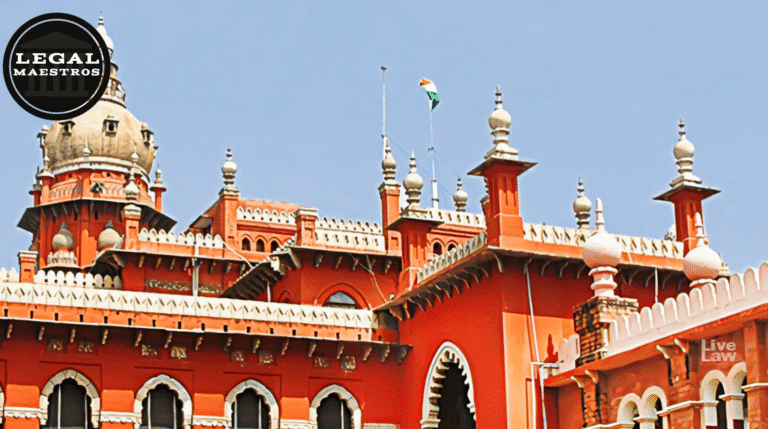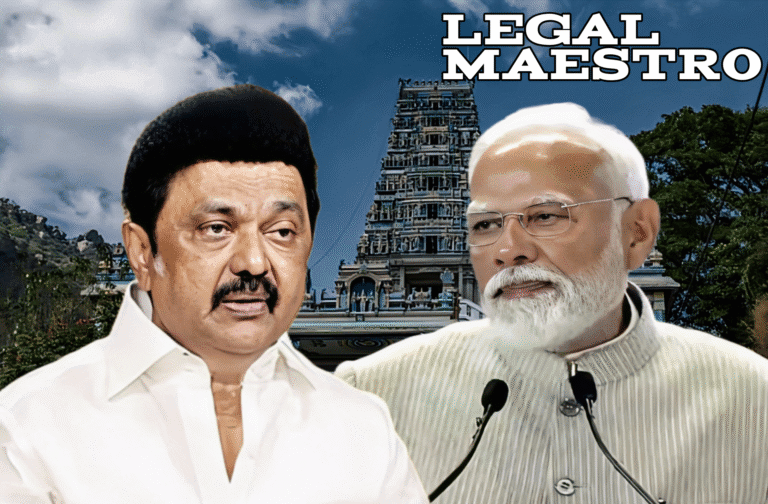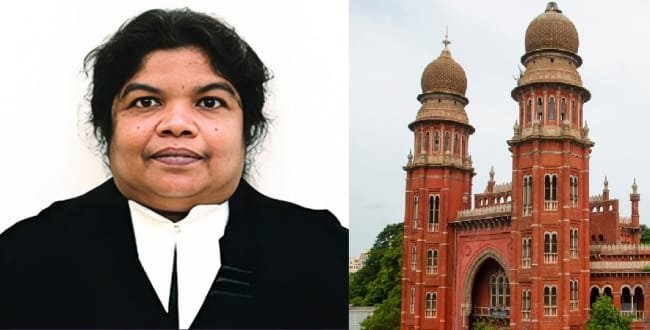
I. INTRODUCTION
A dismal query has just preceded the Hon’ble Supreme Court of India in the case of KP Raveendran Nair v. Vasantha KV. Whether women in live in relationships could assert maintenance in pursuant to Section 125 of the Code of Criminal Procedure, 1973 (CrPC). This is not a trivial point, with Section 125 CrPC being a crucial social justice tool to avoid destitution of women and children, and raising issues of statutory interpretation and judicial creativity.
This question has a history in the case of Lalita Toppo v. State of Jharkhand in which a division bench of the Hon’ble Supreme Court referred this question to a larger bench. However, the Three-Judge bench in Lalita Toppo refused to answer the question, opining that the provision for maintenance under the Domestic Violence Act covers live-in partners.
This, leaves this question wide open and it can only be answered by carefully distinguishing between different categories of relationships recognized in law, and by examining the interpretative trajectory of the term “wife” under Section 125 CrPC in contrast with the broader protections available under the Protection of Women from Domestic Violence Act, 2005 (DV Act).
For any queries or to publish an article or post or advertisement on our platform, do call at +91 6377460764 or email us at contact@legalmaestros.com.
II. CATEGORIES OF RELATIONSHIPS
If we classify relationships where two individuals cohabit as sexual partners, they may broadly be placed into four categories-
A. Valid Marriage
A valid Hindu marriage exists where it is undisputed, performed between a Hindu male and female, complies with essential religious ceremonies as demanded under Section 7 of Hindu Marriage Act, and is not barred under Section 5 of the Hindu Marriage Act, 1955 due bigamy, sapinda relationship, or prohibited degrees.
B. Void Marriage
A void marriage refers to a union solemnized with the intent of creating a marriage, but invalidated due to legal impediments. Such impediments include bigamy, prohibited degrees or because the parties are sapindas. Crucially, the parties must have attempted to contract a valid marriage for the doctrine of voidness to apply.
C. Marriage Not Proved
This category arises where one party asserts a marital relationship and the other denies it, but the asserting party fails to establish proof of marriage, often due to absence of evidence regarding ceremonies. Courts, in such cases, have turned to the presumption of marriage through long cohabitation.
D. Live-in Relationship
In contrast, to all the above, a live-in relationship is characterized by conscious cohabitation without any attempt to contract a marriage, nor any assertion that a marriage exists. The parties do not claim a marital union but merely cohabit as partners. The Cambridge online dictionary defines Live-in as “to share a home with someone and have a sexual relationship with them although you are not married”.
The Supreme Court in Indira Sarma v. V.K.V.Sarma differentiated between marriage and live-in relationships in the following words “Relationship of marriage continues, notwithstanding the fact that there are differences of opinions, marital unrest etc., even if they are not sharing a shared household, being based on law. But live-in-relationship is purely an arrangement between the parties unlike, a legal marriage. Once a party to a live-in- relationship determines that he/she does not wish to live in such a relationship, that relationship comes to an end. Further, in a relationship in the nature of marriage, the party asserting the existence of the relationship, at any stage or at any point of time, must positively prove the existence of the identifying characteristics of that relationship, since the legislature has used the expression “in the nature of”.”
III. STATUTORY FRAMEWORK: CRPC AND DV ACT
The distinction between the two governing statutes is fundamental. Section 125 CrPC provides maintenance only to a “wife,” a term historically and textually confined to legally wedded wives. In contrast, the DV Act extends protection to women in “relationships in the nature of marriage.” The Supreme Court in Indira Sarma v. V.K.V. Sarma held that live-in relationships fall within the latter category, thereby enabling women in such relationships to claim maintenance under the DV Act, but not necessarily under the CrPC.
IV. JUDICIAL INTERPRETATION OF “WIFE” UNDER SECTION 125 CRPC
In Savitaben Somabhai Bhatiya v. State of Gujarat, the Supreme Court held that the word “wife” under Section 125 CrPC refers only to a woman who has been validly married. The Court held that “It may be noted at this juncture that the legislature considered it necessary to include within the scope of the provision an illegitimate child but it has not done so with respect to woman not lawfully married. However, desirable it may be, as contended by learned counsel for the appellant to take note of the plight of the unfortunate woman, the legislative intent being clearly reflected in Section 125 of the Code, there is no scope for enlarging its scope by introducing any artificial definition to include woman not lawfully married in the expression ‘wife’.” A woman who marries a man already married, and thereby enters into a void marriage, cannot claim maintenance.
In Badshah v. Urmila Badshah Godse, the Court departed from this strict interpretation, extending the meaning of “wife” to a woman who had been deceived into believing she was in a valid marriage. The Court held that “If this interpretation is not accepted, it would amount to giving a premium to the husband for defrauding the wife. Therefore, at least for the purpose of claiming maintenance under Section 125, Cr.P.C., such a woman is to be treated as the legally wedded wife.” Thus, Applying the mischief rule, the Court held that denying her maintenance would cause grave injustice, and therefore she must be treated as a “wife” for the limited purpose of Section 125 CrPC.
Where marriage cannot be proved, courts have relied on the doctrine of presumption. In Badri Prasad v. Dy. Director of Consolidation, Justice Krishna Iyer observed that 50 years of continuous cohabitation raised a strong presumption in favor of the existence of a valid marriage. The learned Judge held that “If man and woman who live as husband and wife in society are compelled to prove, half a century later, by eye-witness evidence that they were validly married, few will succeed.” This principle has been used to protect women in cases where documentary proof of marriage is absent but long-standing cohabitation suggests otherwise.
V. THE LIMITS OF SECTION 125 CRPC: LIVE-IN RELATIONSHIPS
Thus, a clear doctrinal boundary emerges: where a marriage cannot be strictly proved in terms of documentary or ceremonial evidence, but long and continuous cohabitation between the parties is established, the courts may, for the limited purpose of Section 125 CrPC, draw a presumption of marriage. This presumption is rooted in the idea that law leans in favour of legitimacy rather than bastardy, and it seeks to prevent destitution of a woman who has lived in a marital arrangement for years without formal proof of marriage. However, the position is materially different where there was never a marriage, nor even an attempt to contract one, and the parties have consciously and expressly chosen to remain in a live-in relationship. In such cases, the statutory definition of “wife” under Section 125 cannot be judicially stretched to include a partner who does not even fall within the category of a putative or presumptive spouse.
The Jharkhand High Court has has rightly noted that once the existence of a valid marital relationship is disproved, the foundation for claiming maintenance under Section 125 CrPC disappears altogether. The presumption of marriage that may arise from long cohabitation is only a rebuttable presumption, not a conclusive one.
Thus, If no valid marriage ever came into existence, not due to a fraud, but due to conscious choice of the partners to not contract a marriage, then the presumption has no place in the situation and no duration of cohabitation can grant the status of marriage to it and in such circumstances, the woman cannot invoke Section 125 as a “wife,” for the statutory scheme does not permit maintenance outside the marital bond.
This ensures that the object of Section 125 CrPC, that is to prevent vagrancy and destitution, is balanced against the legislative intent of confining the remedy to legally recognised or legally presumed marriages, without opening the door to claims arising from relationships consciously kept outside the fold of marriage.
VI. CONCLUSION
To include live-in partners within the meaning of “wife” would effectively collapse the distinction between marriage and non-marital cohabitation, thereby erasing the statutory limitation imposed by the legislature. The jurisprudence on Section 125 CrPC demonstrates a delicate balance and while courts have extended the meaning of “wife” to prevent injustice in cases of void or unproven marriages, they have resisted doing so in the context of live-in relationships. Live-in partners are not excluded from all forms of legal protection as such relationships are explicitly recognized under the DV Act. However, including them within Section 125 Cr.P.C. would dilute the legislative intent, undermine principles of statutory interpretation, and render the term “wife” indistinguishable from any form of cohabitation.
Thus, doctrinal clarity requires that live-in relationships remain outside the scope of Section 125 CrPC, with maintenance rights confined to valid marriages, void marriages entered in good faith, and cases where long cohabitation gives rise to a presumption of marriage which was not rebutted.








